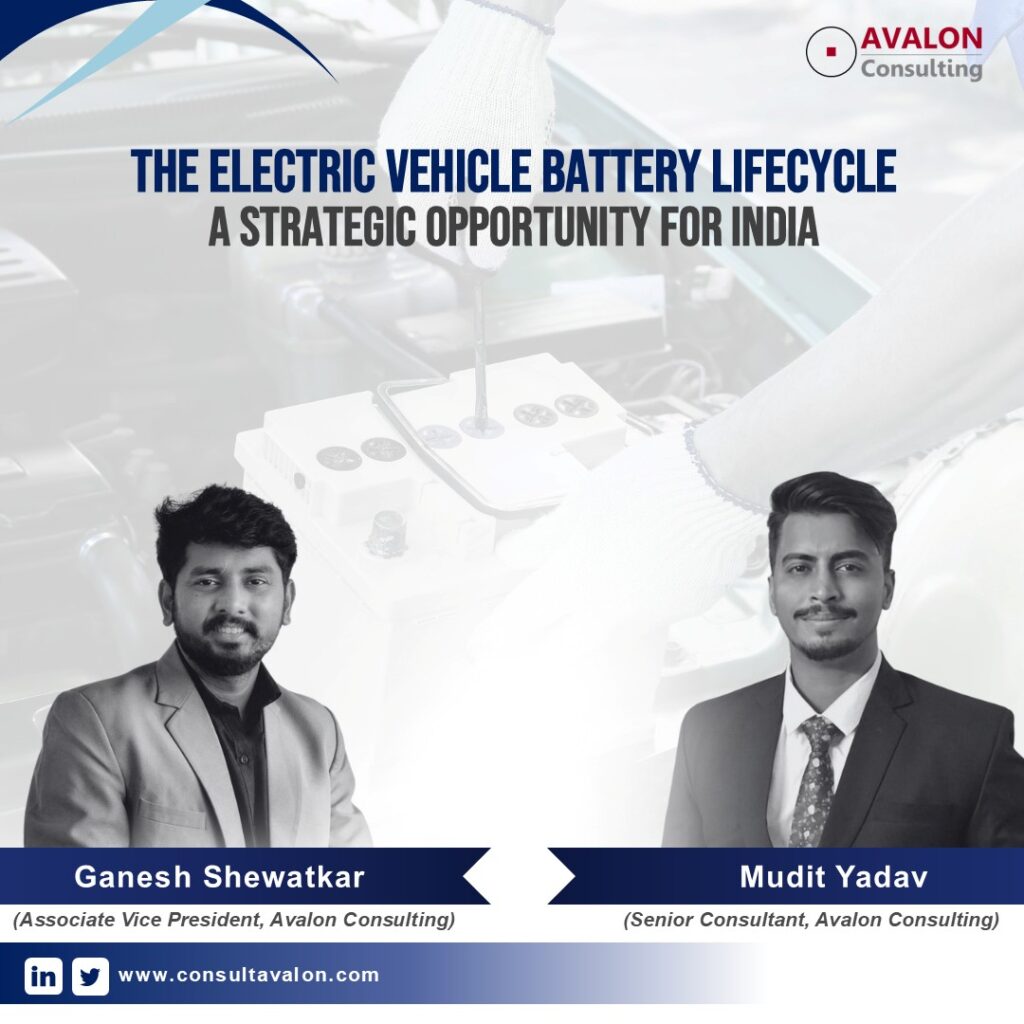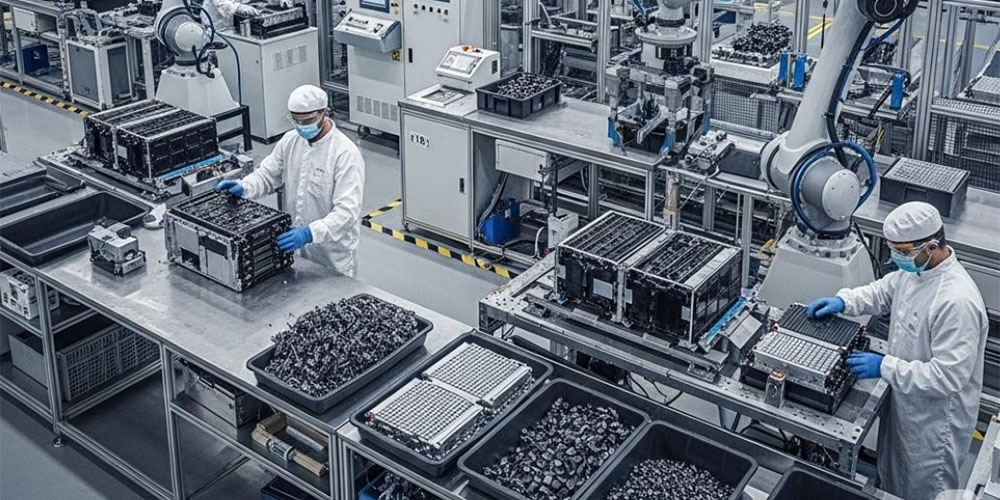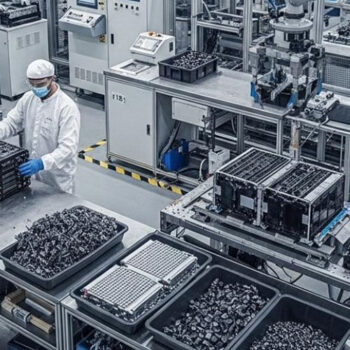The rapid rise of electric vehicles (EVs) is reshaping the automotive world—today, one in every ten cars sold is electric. While this signals a shift toward a cleaner, more sustainable future, it also brings new challenges. EV batteries, which make up 30–40% of a vehicle’s value, have an average life span of just 8–10 years.
By 2027, over 5 million EV batteries globally will reach end-of-life, a number projected to quadruple in the following years. In India, the surge is equally striking—4-wheeler EV sales have more than doubled, crossing 80,000 units and continuing to rise.
This explosive growth demands a strong supply chain for critical minerals and a robust recycling ecosystem. A NITI Aayog report estimates India will require 600 GWh of lithium-based energy storage between 2021–2030, with EVs alone contributing to 58 GWh of used battery volume—about 349,000 tonnes from various lithium chemistries.
Managing these batteries sustainably is crucial—not just for meeting net-zero goals but also for securing the future of clean mobility.

